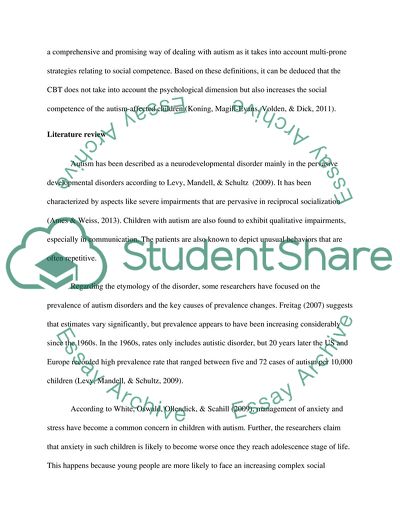Cite this document
(Cognitive Behavior Therapy for Autism Essay Example | Topics and Well Written Essays - 2000 words, n.d.)
Cognitive Behavior Therapy for Autism Essay Example | Topics and Well Written Essays - 2000 words. https://studentshare.org/psychology/1839740-cognitive-behavior-therapy-for-autism
Cognitive Behavior Therapy for Autism Essay Example | Topics and Well Written Essays - 2000 words. https://studentshare.org/psychology/1839740-cognitive-behavior-therapy-for-autism
(Cognitive Behavior Therapy for Autism Essay Example | Topics and Well Written Essays - 2000 Words)
Cognitive Behavior Therapy for Autism Essay Example | Topics and Well Written Essays - 2000 Words. https://studentshare.org/psychology/1839740-cognitive-behavior-therapy-for-autism.
Cognitive Behavior Therapy for Autism Essay Example | Topics and Well Written Essays - 2000 Words. https://studentshare.org/psychology/1839740-cognitive-behavior-therapy-for-autism.
“Cognitive Behavior Therapy for Autism Essay Example | Topics and Well Written Essays - 2000 Words”. https://studentshare.org/psychology/1839740-cognitive-behavior-therapy-for-autism.


